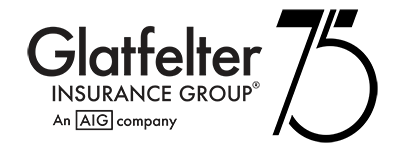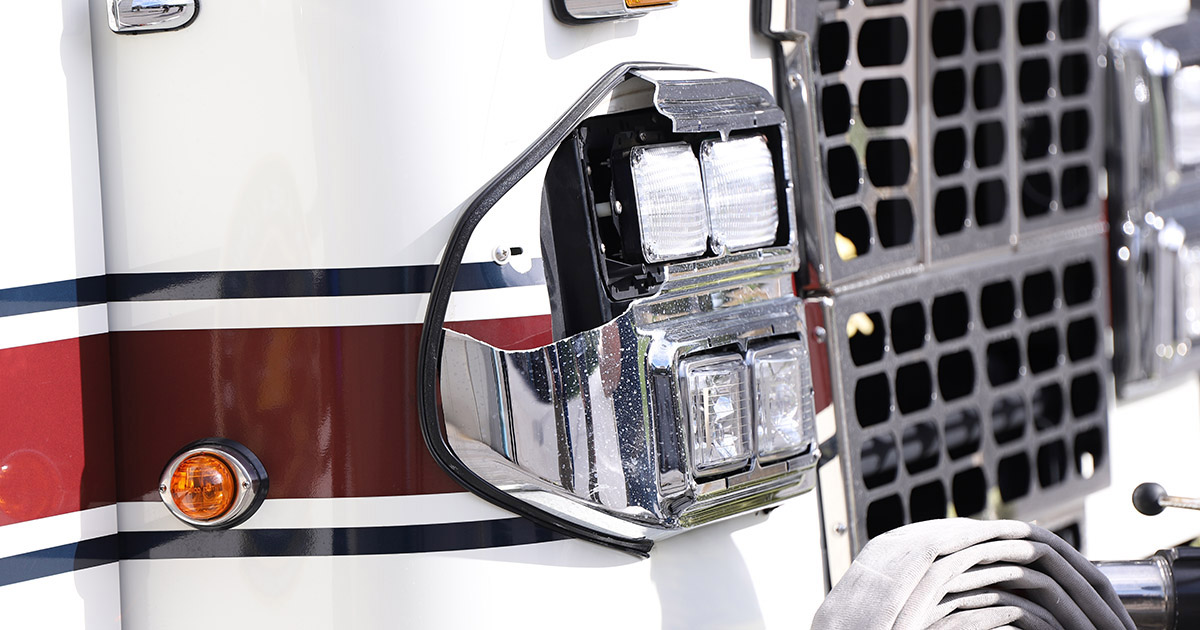How you can help combat distracted drivers, protect your crew and bring new life to retired apparatus while responding to incidents along roadways
Firefighters and emergency medical service personnel are being struck along America’s roadways at alarming rates – but while the statistics are scary, they’re no longer surprising. In fact, a 2019 survey from the National Safety Council and the Emergency Responder Safety Institute found that drivers are more distracted around emergency vehicles. Their research showed that 71% of U.S. drivers take photos or videos when they see an emergency vehicle responding to a call, 66% send an email about the scene and 60% post to social media – all while behind the wheel. So what can your crew do to help protect members?
When it comes to roadway safety, the fundamentals can go a long way. Here are 7 recommendations from the Highway Incident Safety bulletin on vfis.com:
- There’s no substitute for training and accountability – routinely talk to your crew about scene safety procedures, review the proper placement of equipment and apparatus, and provide constructive feedback during training exercises.
- Do you have a few common locations in your town where accidents occur? Establish pre-incident plans and SOGs for those areas that address routes, apparatus/personnel placement and common hazards.
- Communication is key! Communicate between the agencies that you typically work with and practice a common Incident Command System.
- Be quick and efficient – only bring the equipment that you need to the scene and get off of the roadway as quickly as possible.
- Bring attention to yourself and the scene by wearing reflective and highly visible protective gear, and utilizing equipment to give drivers plenty of warning. However, do not use scene lighting that interferes with other drivers’ ability to see.
- Don’t hesitate to coordinate with law enforcement to shut down the roadway when there’s no other way to provide a reasonable level of protection.
- It’s common practice to place larger vehicles as a barrier between moving traffic and the scene to help protect personnel. Always work away from traffic when you’re practicing this technique, as in keep any equipment that personnel may need on the “scene side” of the vehicle and follow scene set-up best practices. While this is approach can be effective, it can also be costly when it goes wrong. Let’s explore how some departments are using retired apparatus to solve this problem.
Apparatus is routinely used to help save responders’ lives along the roadways. Here’s how some departments are also using it to save money.
Imagine your primary pumper being struck from behind while you’re on the scene – a scenario that some departments have unfortunately faced. The financial and emotional stress that your department could face if one of your emergency vehicles is hit can’t be overlooked. Not only could this situation be costly (one primary pumper recently cost $250K to repair!), but the amount of damage is typically so severe in these situations that the vehicle will need to be sent back to the original equipment manufacturer for repairs – which typically takes 6-12 months – leaving your department without a vehicle.
One possible solution that some departments are exploring is the use of retired or soon-to-be retired apparatus as roadway blockers rather than auctioning them off or trading them in.
One of the first departments to try this model was the Irving Fire Department in Texas led by Chief Victor Conley. In an interview with Firehouse, Conley explained the basics of their program:
- Blockers are all automatically sent to any scene on a major road.
- It takes about $3,500 to outfit older vehicles for their new blocking duties.
- As new apparatus are added to their fleet, the blockers move through a rotation and can eventually be auctioned off.
A nearby department, Dallas Fire Rescue, also began using the blocker method, and within six days of launching their program – one of their blockers was hit while protecting their brand new $1.3 million apparatus.
There were 49 struck-by incidents nationwide in 2019, resulting in the deaths of many, including 20 law enforcement, 17 towing/mobile mechanics, 10 firefighters and two emergency medical personnel. Sadly, the trend continues with seven struck-by deaths within the first few weeks of 2020. Whether your crew decides to try out the new blocking method or work on refining the basics – it’s important to do something and remember that it all starts with training.
Rick Gurba, Director of VFIS Education, Training and Consulting
40 Years in EMS, 5 years in the fire service + 5 years in 911 telecommunications
DISCLAIMER
The information contained in this blog post is intended for educational purposes only and is not intended to replace expert advice in connection with the topics presented. Glatfelter specifically disclaims any liability for any act or omission by any person or entity in connection with the preparation, use or implementation of plans, principles, concepts or information contained in this publication.
Glatfelter does not make any representation or warranty, expressed or implied, with respect to the results obtained by the use, adherence or implementation of the material contained in this publication. The implementation of the plans, principles, concepts or materials contained in this publication is not a guarantee that you will achieve a certain desired result. It is strongly recommended that you consult with a professional advisor, architect or other expert prior to the implementation of plans, principles, concepts or materials contained in this publication.
This blog post may contain the content of third parties and links to third party websites. Third party content and websites are owned and operated by an independent party over which Glatfelter has no control. Glatfelter makes no representation, warranty, or guarantee as to the accuracy, completeness, timeliness or reliability of any third party content. References to third party services, processes, products, or other information does not constitute or imply any endorsement, sponsorship or recommendation by Glatfelter, unless expressly stated otherwise.
Related posts
We asked 10 members of our VFIS Team to name one auto-related risk that they believe is underdiscussed in fire and EMS agencies. Here’s what they said.
Most volunteer fire departments rely heavily on POVs, but there are inherent risks you should know.
Establish a Emergency Vehicle Operations Program that includes driver/operator requirements to help ensure your vehicles are in the right hands.









Submit a Comment